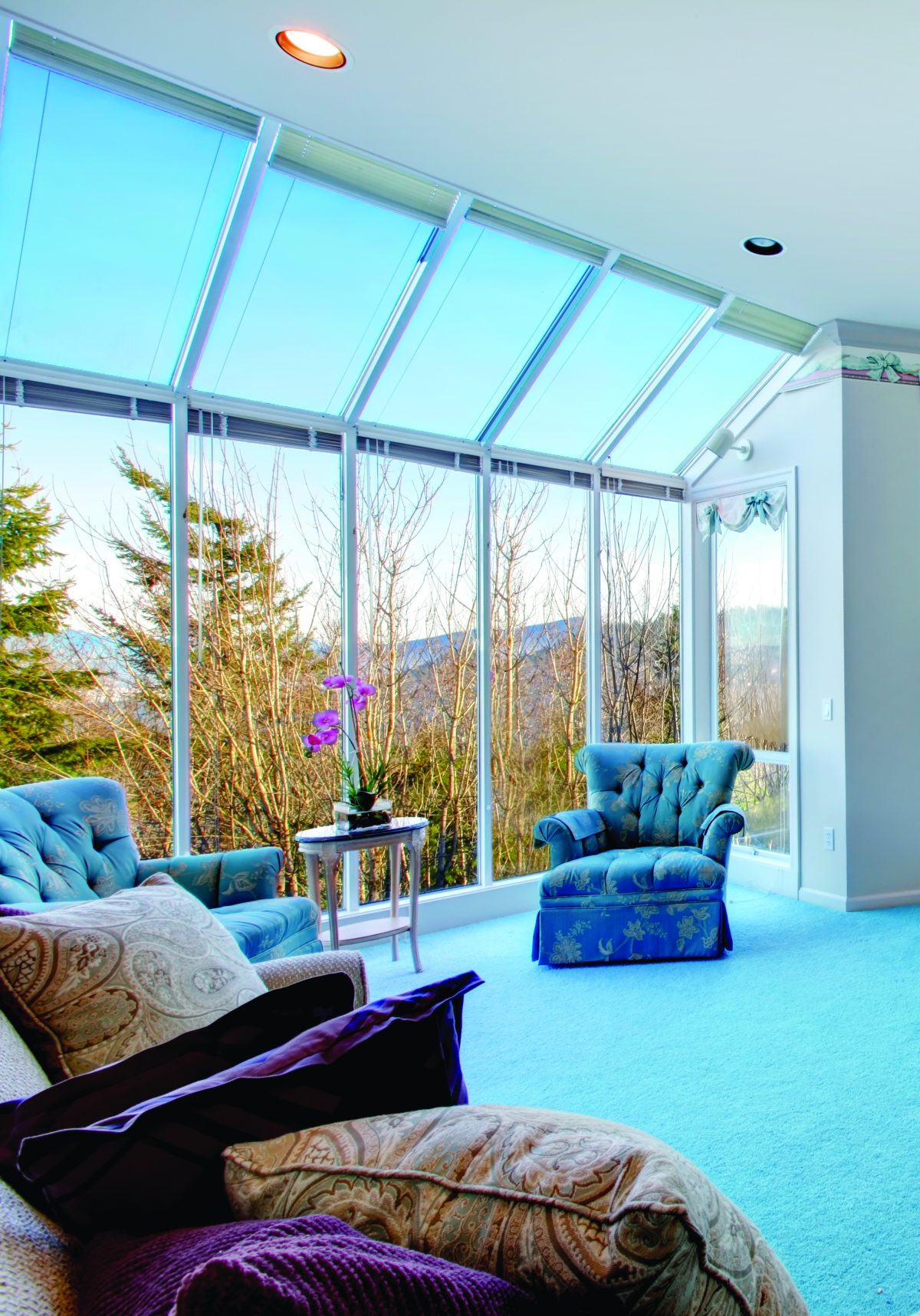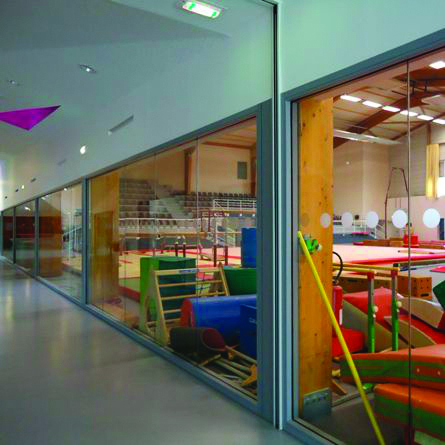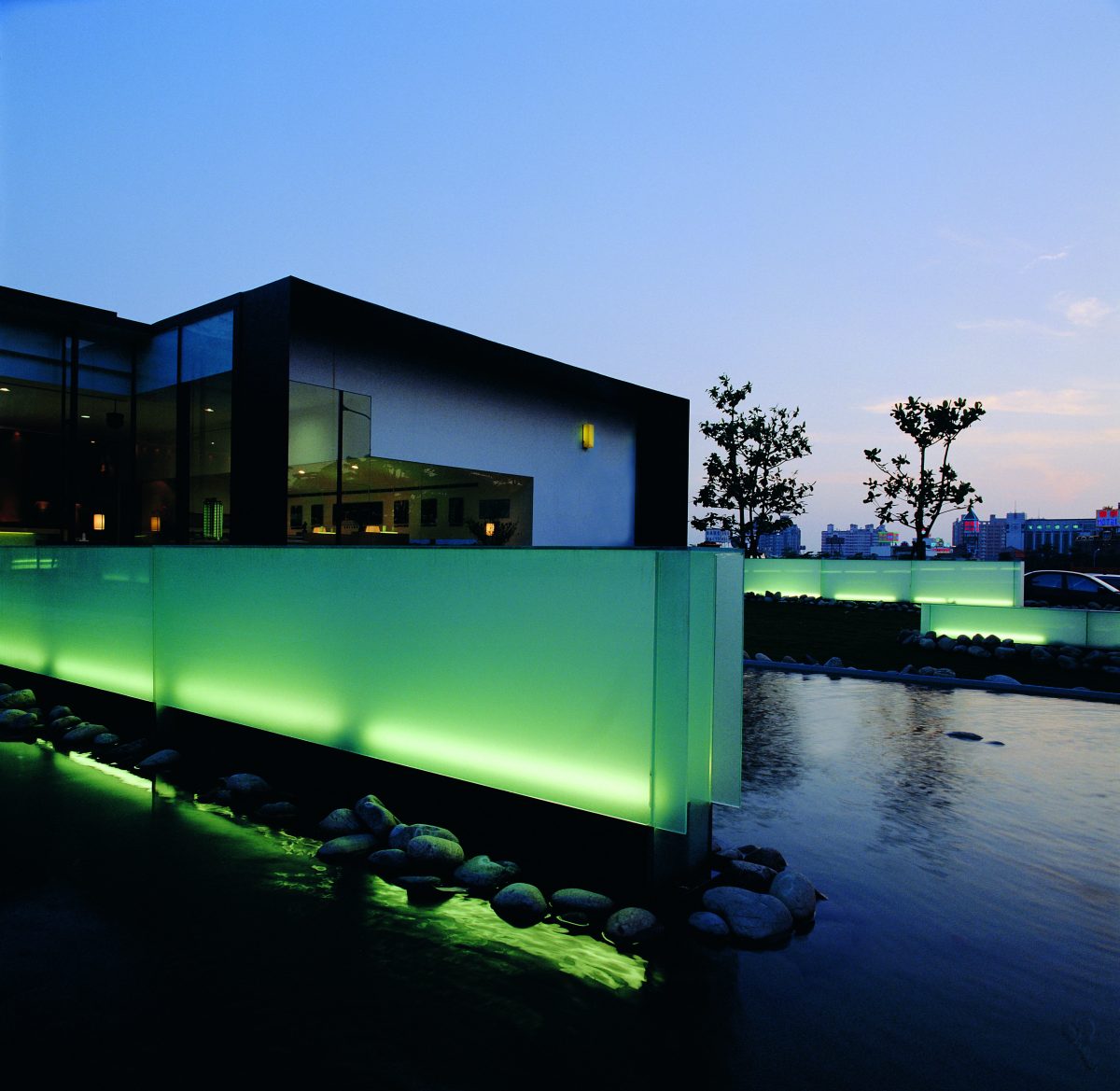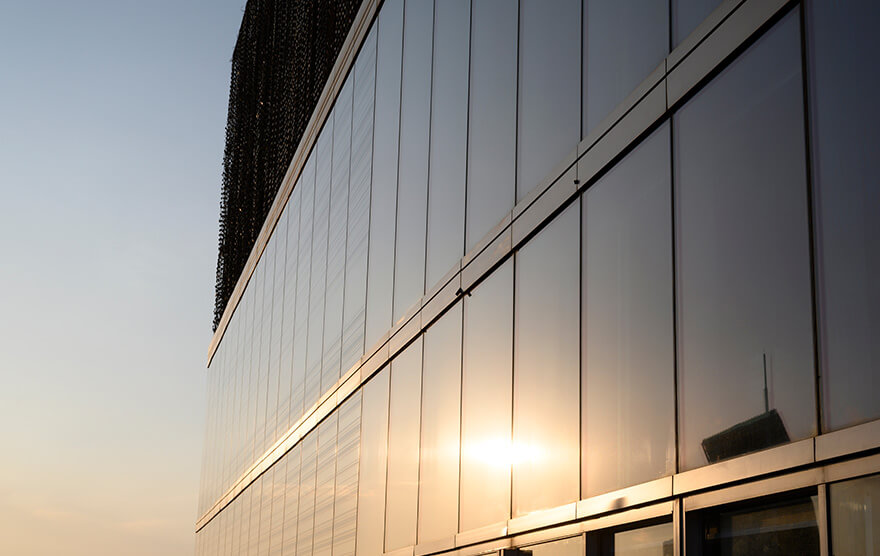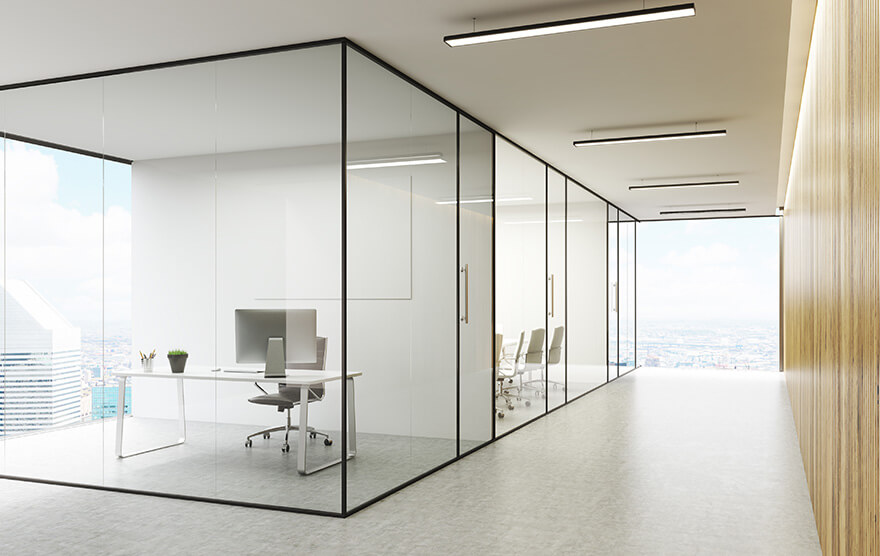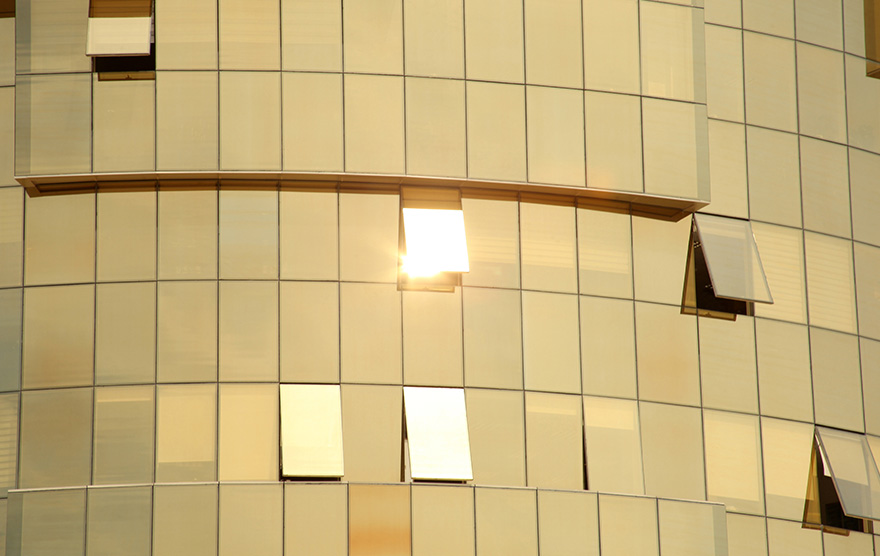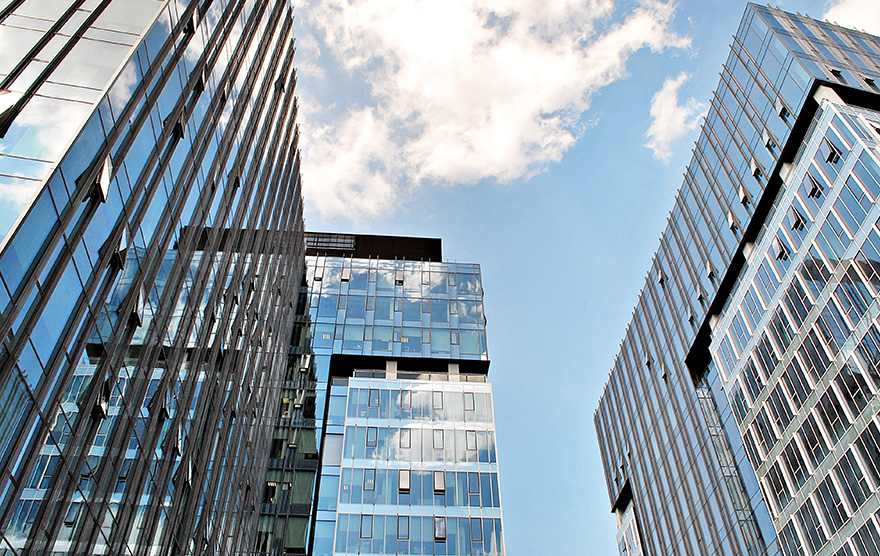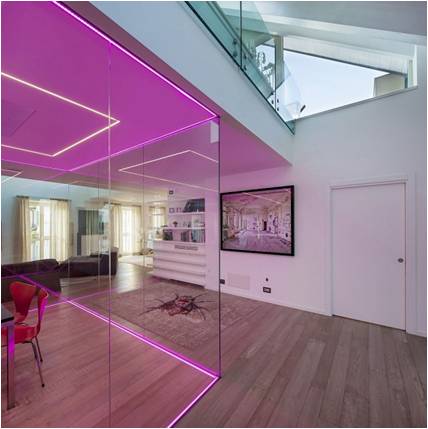When it comes to hotels and hospitality, providing a comfortable and secure environment for guests is paramount. Privacy plays a crucial role in ensuring guest satisfaction and creating a sense of relaxation and tranquility. Privacy glass, also known as switchable glass or smart glass, has emerged as a game-changer in the hospitality industry. In this blog post, we will explore the benefits of privacy glass in hotels, highlighting how it enhances both comfort and security for guests.
Enhanced Privacy with Privacy Glass
Privacy glass is a versatile solution that allows for instant privacy when needed without compromising the flow of natural light or the aesthetic appeal of a space. It offers several benefits, making it an ideal choice for hotels and hospitality settings.
Transparency Control
Privacy glass can switch between transparent and opaque states with a switch’s flick or a remote control’s use. This feature empowers guests to control their level of privacy at any time, providing a sense of autonomy and comfort. By simply activating the privacy mode, guests can shield themselves from prying eyes in an instant.
Flexible Privacy Options
Privacy glass can be adjusted to different levels of opacity, ranging from fully transparent to fully opaque. This flexibility allows hotels to cater to individual preferences, accommodating guests’ varying needs for privacy in different areas such as guest rooms, bathrooms, meeting rooms, or spas.
Natural Light and Openness
Unlike traditional blinds or curtains, privacy glass allows natural light to pass through, creating a bright, airy atmosphere. It preserves the feeling of openness in the space while providing the desired privacy. Guests can enjoy the outside view during the day and maintain privacy during the night without compromising the flow of natural light.
Benefits of Privacy Glass in Hotels
Implementing privacy glass in hotels and hospitality settings offers numerous advantages, enhancing the overall guest experience and security measures.
Enhanced Guest Comfort
Privacy glass creates a comfortable and private environment, allowing guests to relax and rejuvenate without feeling exposed. Whether they are resting in their rooms, using the bathroom facilities, or enjoying the hotel’s amenities, privacy glass provides a sense of seclusion and tranquility.
Increased Security
Privacy glass serves as an additional layer of security for guests. It can be used to secure private areas, such as spa rooms or VIP suites, ensuring that guests feel safe and protected. The ability to instantly switch from transparent to opaque mode adds extra confidentiality, making it difficult for unauthorized individuals to see inside restricted areas.
Design and Aesthetics
Privacy glass adds a modern and sleek design element to hotels and hospitality spaces. Its seamless integration into the overall interior design enhances the visual appeal of the environment. It can be customized to match the desired aesthetics, allowing hotels to maintain a consistent and luxurious ambiance.
Seeking Professional Assistance
Implementing privacy glasses in hotels requires professional expertise to ensure optimal results. Consulting with experienced glass manufacturers and installers is essential for properly installing and operating privacy glass systems. These professionals can provide guidance on the right type of privacy glass, its features, and maintenance requirements.
Conclusion
Privacy glass has revolutionized the hospitality industry by providing hotels with a versatile and effective solution to enhance guest comfort and security. Its ability to switch between transparent and opaque states and control over natural light offer guests a customizable privacy experience. By investing in privacy glass, hotels can create a welcoming and secure environment that exceeds guests’ expectations. To ensure a successful implementation, it is crucial to collaborate with professionals who specialize in privacy glass technology. So, embrace the benefits of privacy glass and elevate the comfort and security of your hotel for an unforgettable guest experience.

